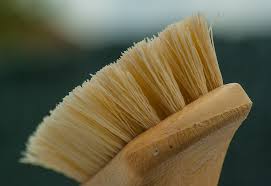
Dry brushing is a common practice of Ayurvedic medicine, but can also be traced back to ancient Greek and Japanese cultures to cleanse and beautify the skin. We often associate exfoliating as something we do in the shower or bath with scrubs and loofahs. What makes this form of exfoliation unique is that it is performed on dry skin using a simple tool and technique.
Benefits of Dry Brushing
- Increases circulation and blood flow
- Energizing and invigorating effect on the body.
- It stimulates lymphatic drainage and expels toxins in the body.
- Minimizes the appearance of cellulite
- Physically exfoliates flaky/dry skin and unclogs pores
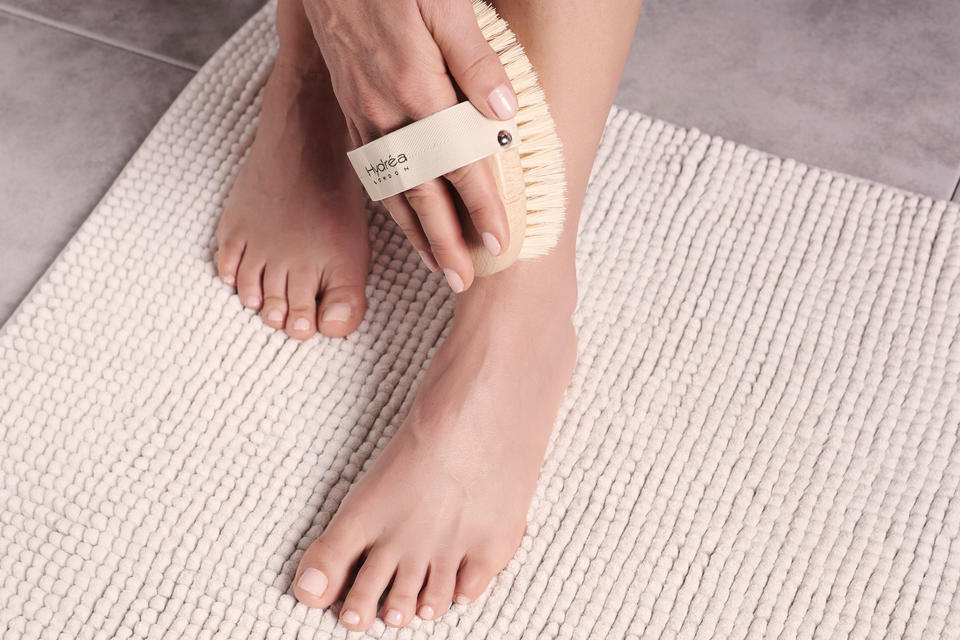
*While dry brushing can be extremely beneficial to healthy skin, there are a few skin conditions that this type of physical exfoliation would not be appropriate.
Never Dry Brush Over
- broken skin
- sunburns
- irritated skin
- rashes
- wounds
- eczema
- psoriasis
(Dry brushing over irritated or inflamed skin may aggravate these conditions.)
How to Use a Dry Brush
- Find a natural-bristle dry brush
- Use 1-2 times per week prior to bathing or showering (while you do not have to bathe after dry brushing, it is beneficial to rinse away the dead skin cells you have just sloughed off)
- Use long strokes going toward your heart going over each area 2-3 times
- Use on the abdomen going in a clockwise motion
- Follow up with a rich lotion or body oil to add moisture back to freshly exfoliated skin.
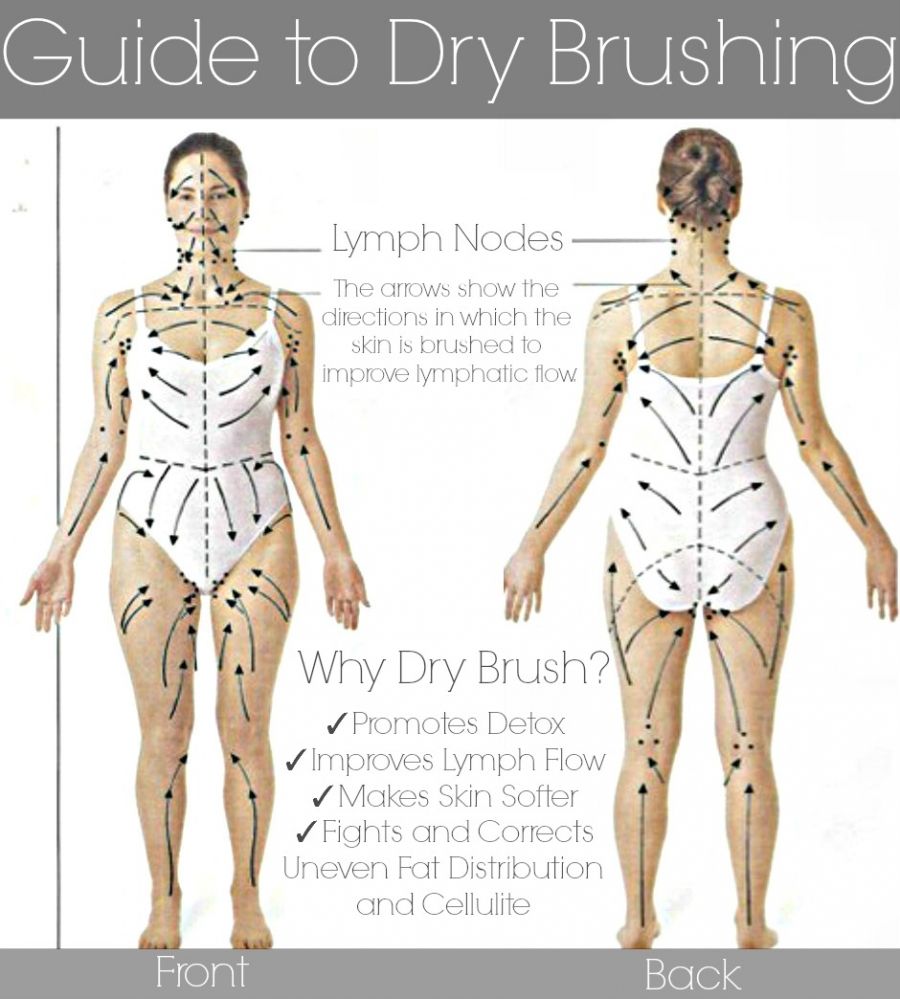
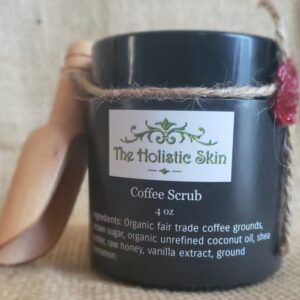 The Holistic Skin’s Coffee Scrub
The Holistic Skin’s Coffee Scrub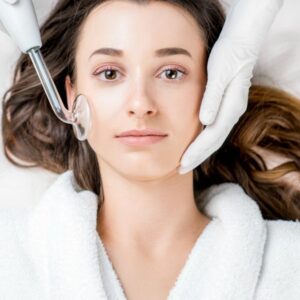 High Frequency: Nikola Tesla’s Gift to the Facial
High Frequency: Nikola Tesla’s Gift to the Facial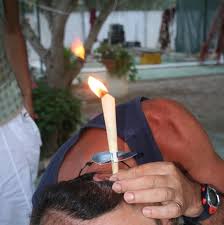 Ear Candle Wax Removal – Holistic Cure or Complete Quackery?
Ear Candle Wax Removal – Holistic Cure or Complete Quackery?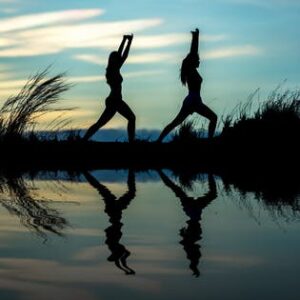 Becoming Holistically Whole – Mind, Body, Spirit Wellness
Becoming Holistically Whole – Mind, Body, Spirit Wellness

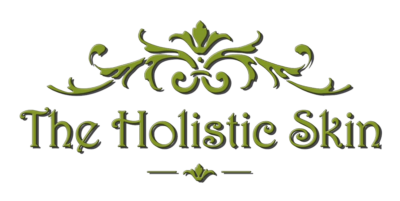
Leave a Reply